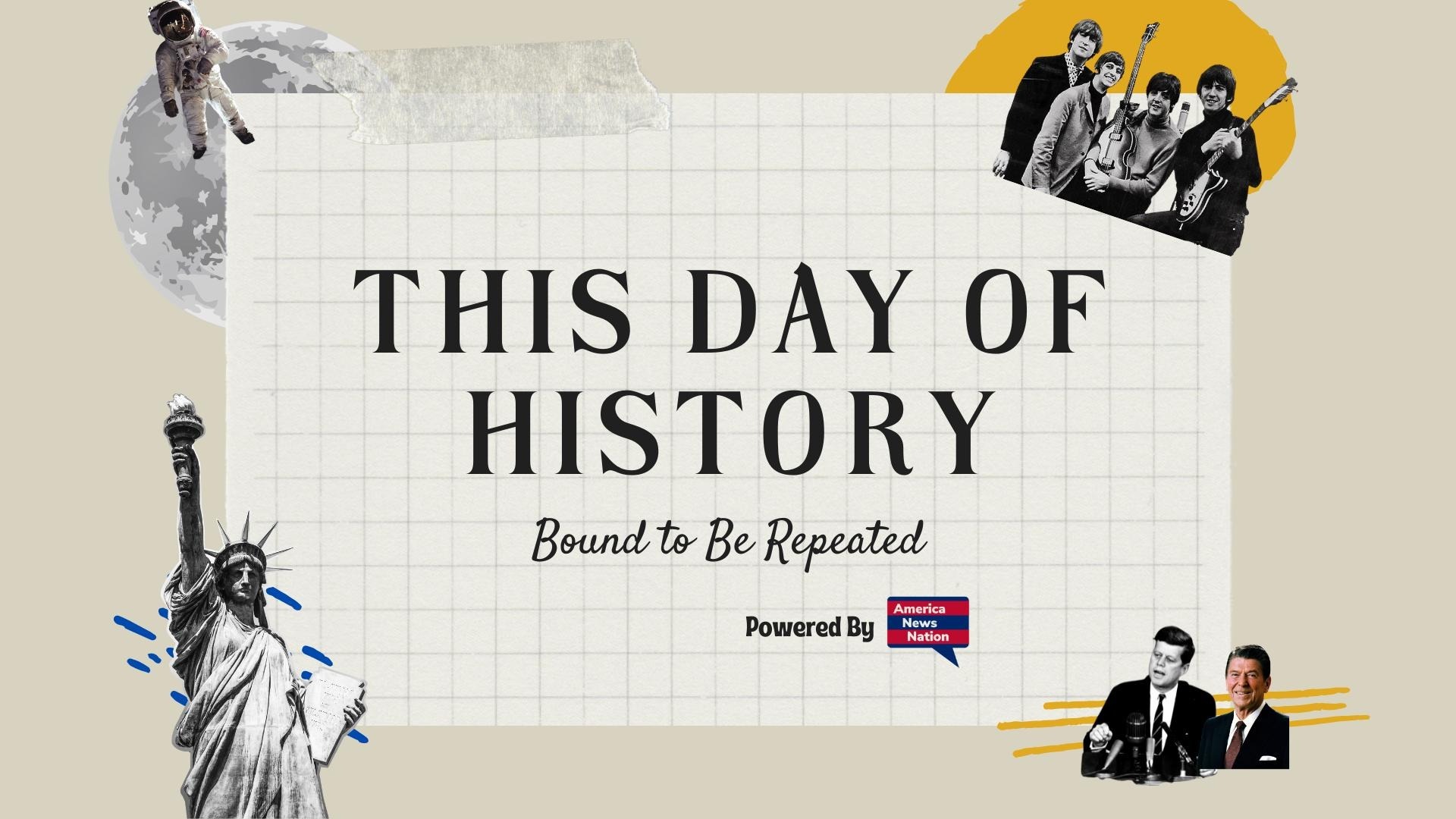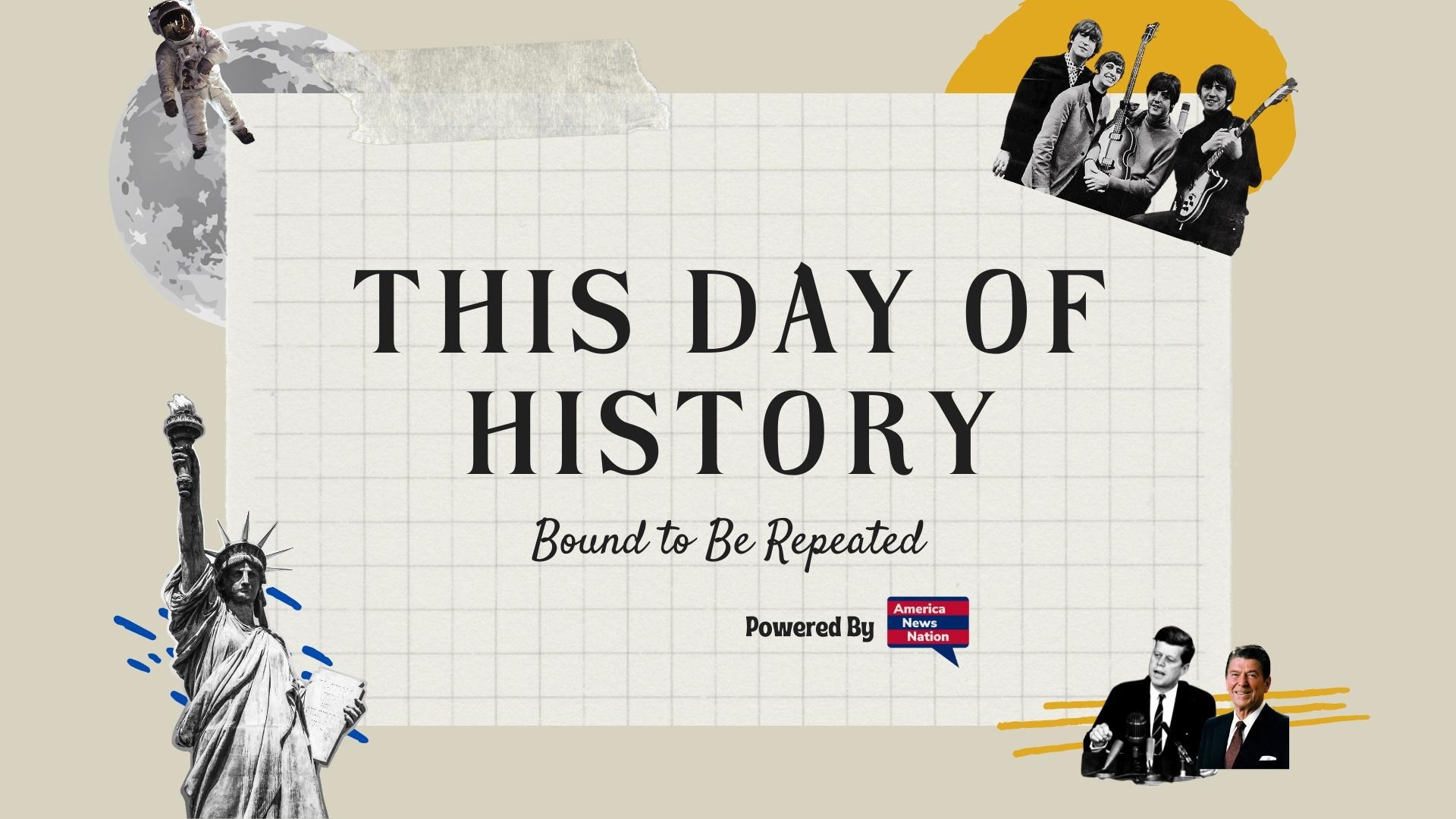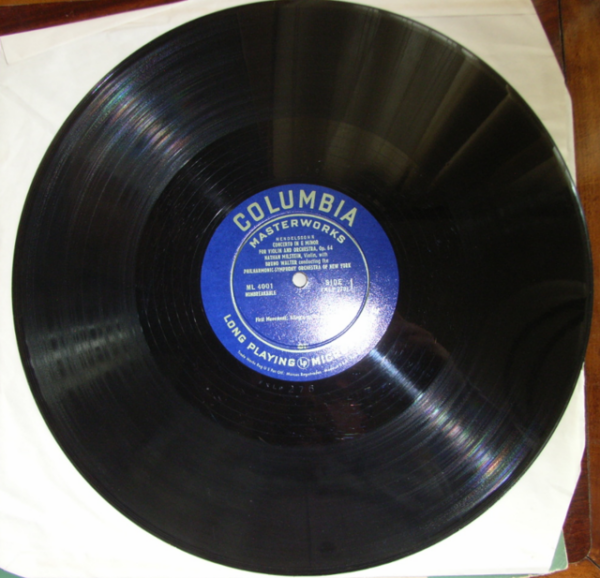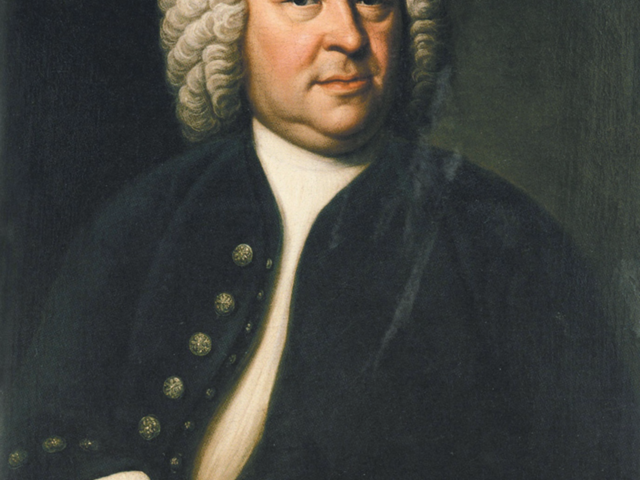On June 18, 1948, in the gilded ballroom of New York City’s Waldorf-Astoria Hotel, Columbia Records unveiled a technological marvel that would change the course of music history: the long-playing (LP) record. This innovation—capable of playing up to 23 minutes of music per side—promised not merely improved sound quality but a fundamental transformation in how Americans would experience music. Until that day, commercial recordings were limited to 78 rpm shellac discs, which could hold barely four minutes of music per side. Classical symphonies had to be chopped into movements and spread across multiple discs; jazz and pop albums, too, were fragmented by the format’s physical constraints.
Columbia’s new 12-inch LP, spinning at 33⅓ revolutions per minute and made of durable vinyl, changed all that. Before an audience of industry insiders, journalists, and curious onlookers, Columbia executives demonstrated the new record using Mendelssohn’s Violin Concerto in E minor, uninterrupted from start to finish—a feat impossible on a 78. The demonstration, though technical in substance, carried a cultural and emotional punch. It heralded a world in which music could finally breathe, flowing continuously without forced interruptions or disc swaps. For composers, performers, and listeners alike, the LP was not just a format—it was a liberation.
The man most responsible for the breakthrough was Dr. Peter Goldmark, head of CBS’s research laboratory. A Hungarian-born engineer with a restless imagination, Goldmark had already been working on color television and radar systems during the war years. In the mid-1940s, he turned his attention to sound reproduction. Drawing on improvements in materials science and precision engineering, his team developed a microgroove system that dramatically increased the recording capacity of each disc. The vinyl material itself—quieter, lighter, and more flexible than shellac—was key to the system’s success.
Columbia had kept the project secret for over two years, testing the new format under code names and tight security. The June 1948 rollout was a carefully orchestrated media event designed not just to showcase the LP’s technical prowess but to signal a new era of cultural consumption. Columbia even issued a catalog of 133 LP titles alongside the demonstration, featuring everything from Beethoven and Brahms to Broadway show tunes and jazz, indicating that the company saw this as a mainstream shift, not a niche offering.
The implications were vast. Within a few years, RCA Victor—Columbia’s fiercest competitor—would abandon its rival 45 rpm “album” format and embrace the LP standard. Radio stations, recording studios, and manufacturers of turntables and audio equipment all scrambled to adapt to the new format. The LP spurred an explosion in album-based music, changing the economics of the industry and the structure of musical storytelling. Musicians could now think in terms of extended works, concept albums, and sonic continuity, rather than brief, self-contained tracks.
For postwar America, the LP was more than a consumer product; it was part of a larger cultural reorientation toward leisure, domestic entertainment, and personal expression. Families gathered around hi-fi systems rather than radios. Record stores became cultural hubs. A generation of artists—from Sinatra to Coltrane, from the Beatles to Bob Dylan—would build their legacies on the long-playing canvas Columbia introduced that summer day in 1948.
What began as a quiet revolution in a New York hotel ballroom would echo across the decades, laying the foundation for the modern music industry and defining how much of the 20th century would be heard.




